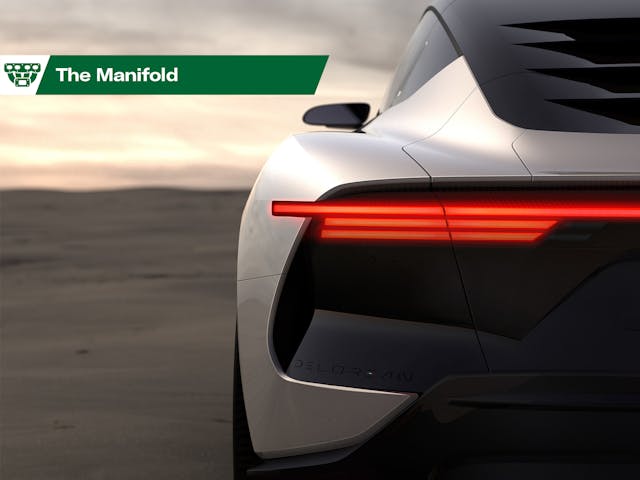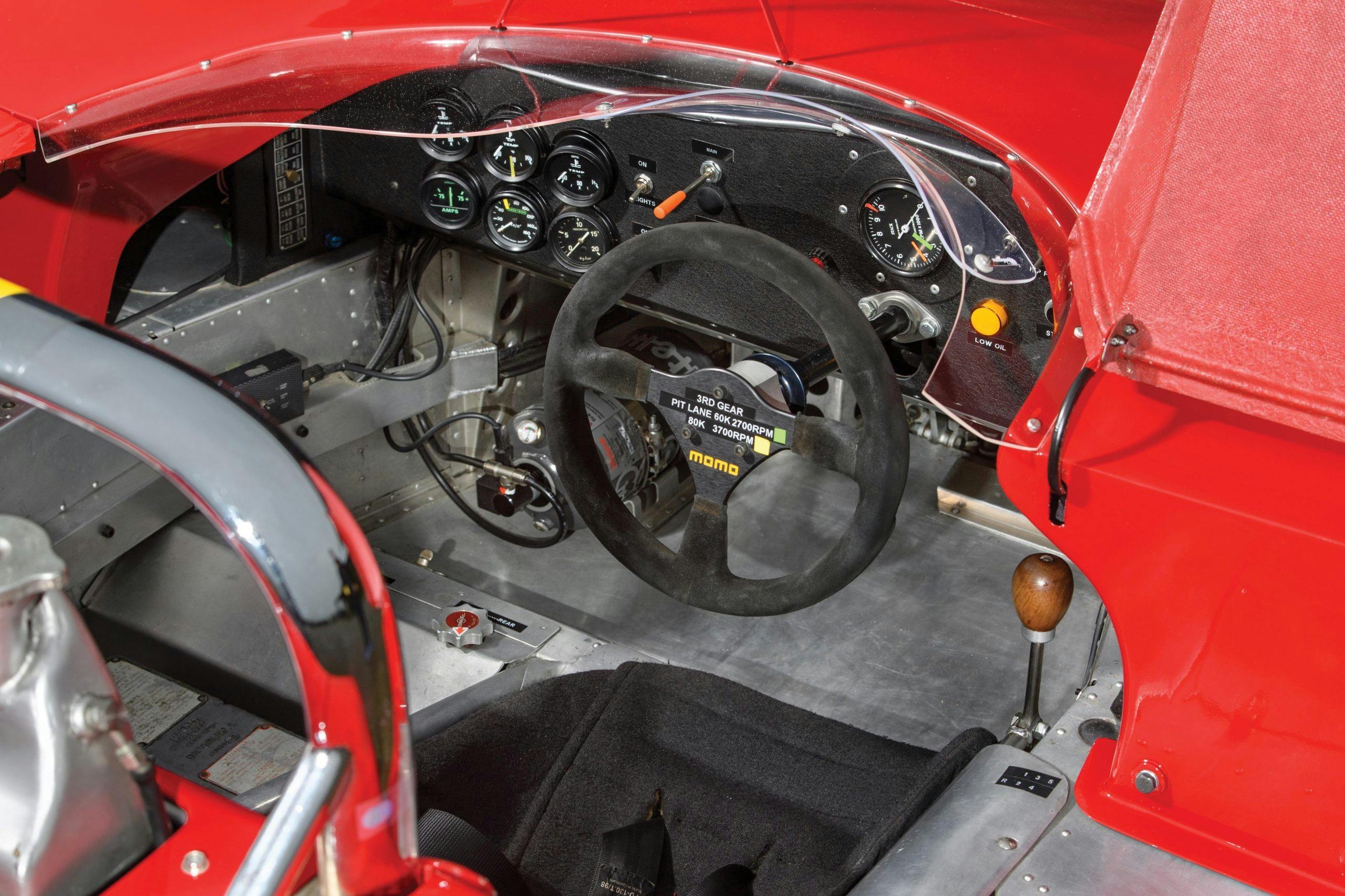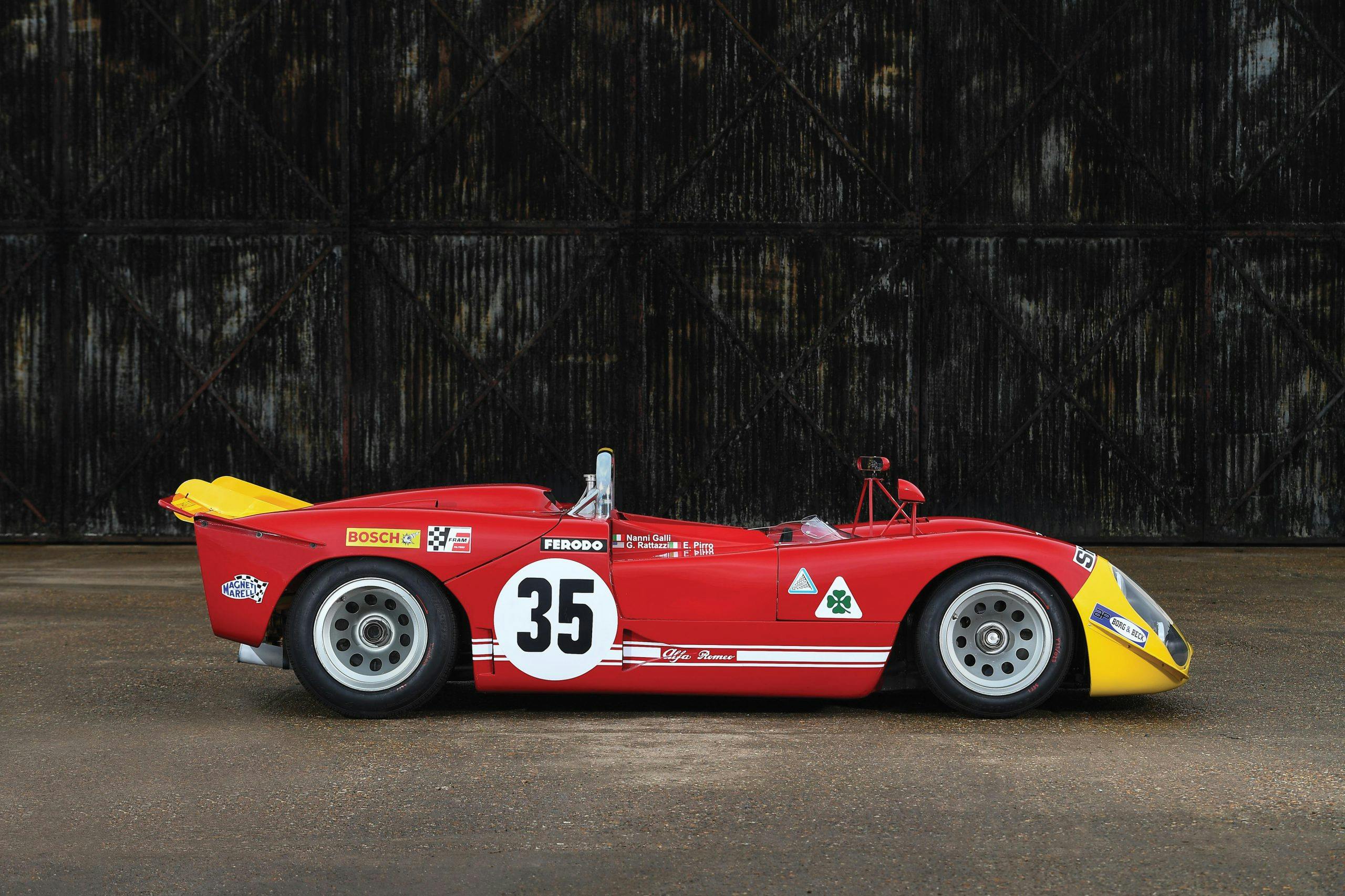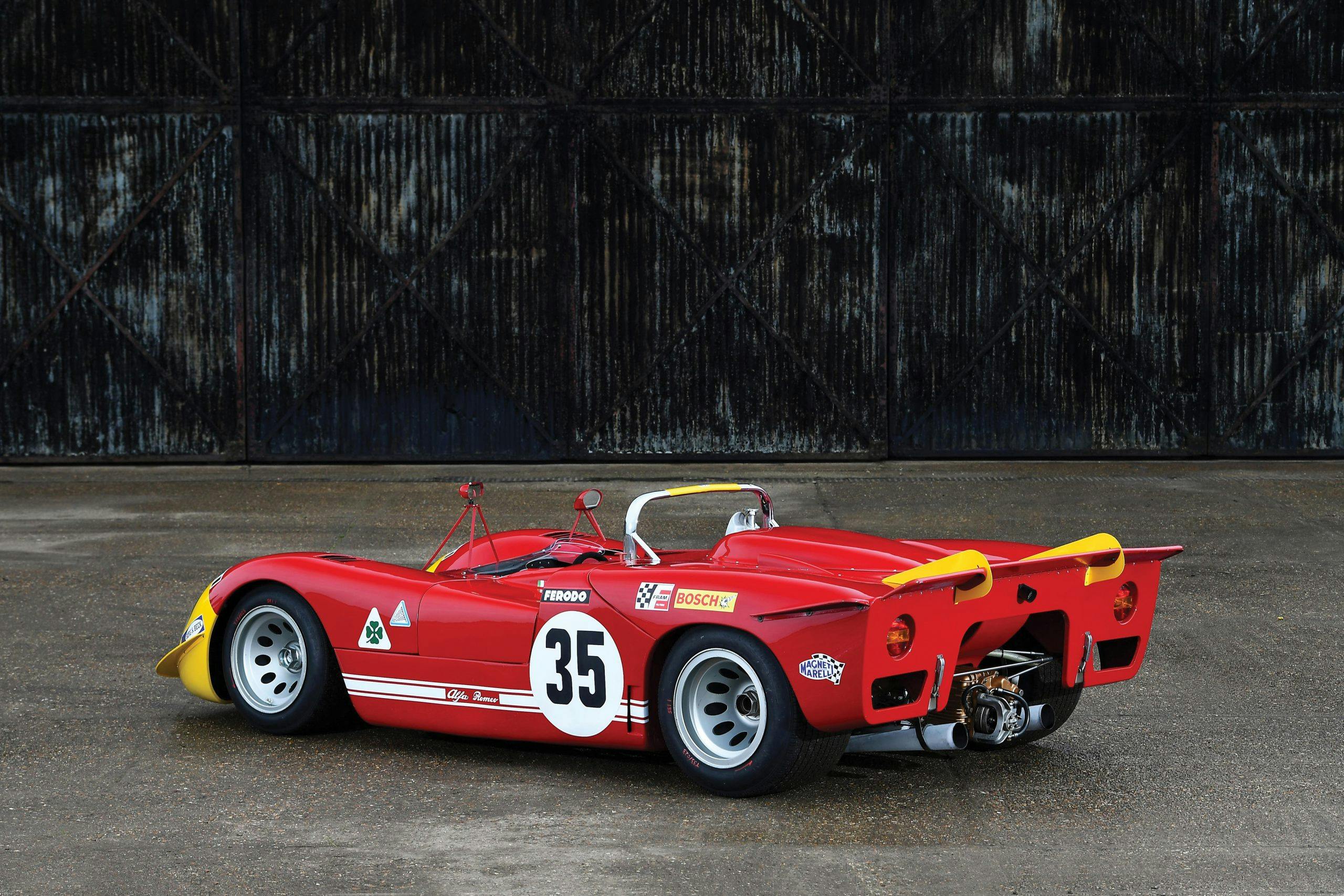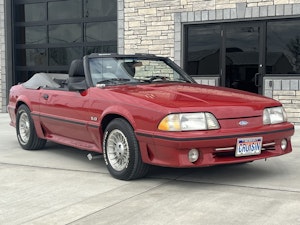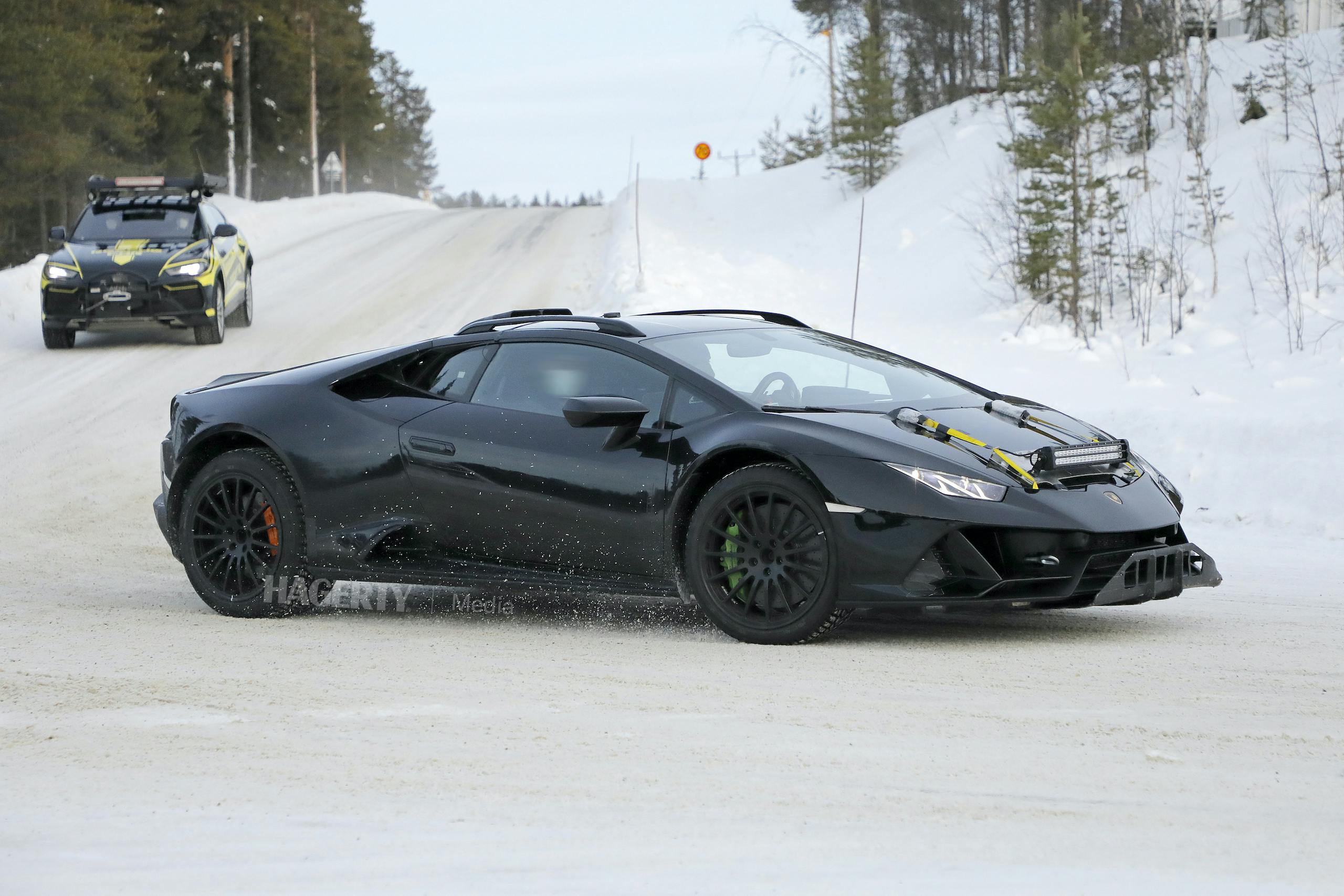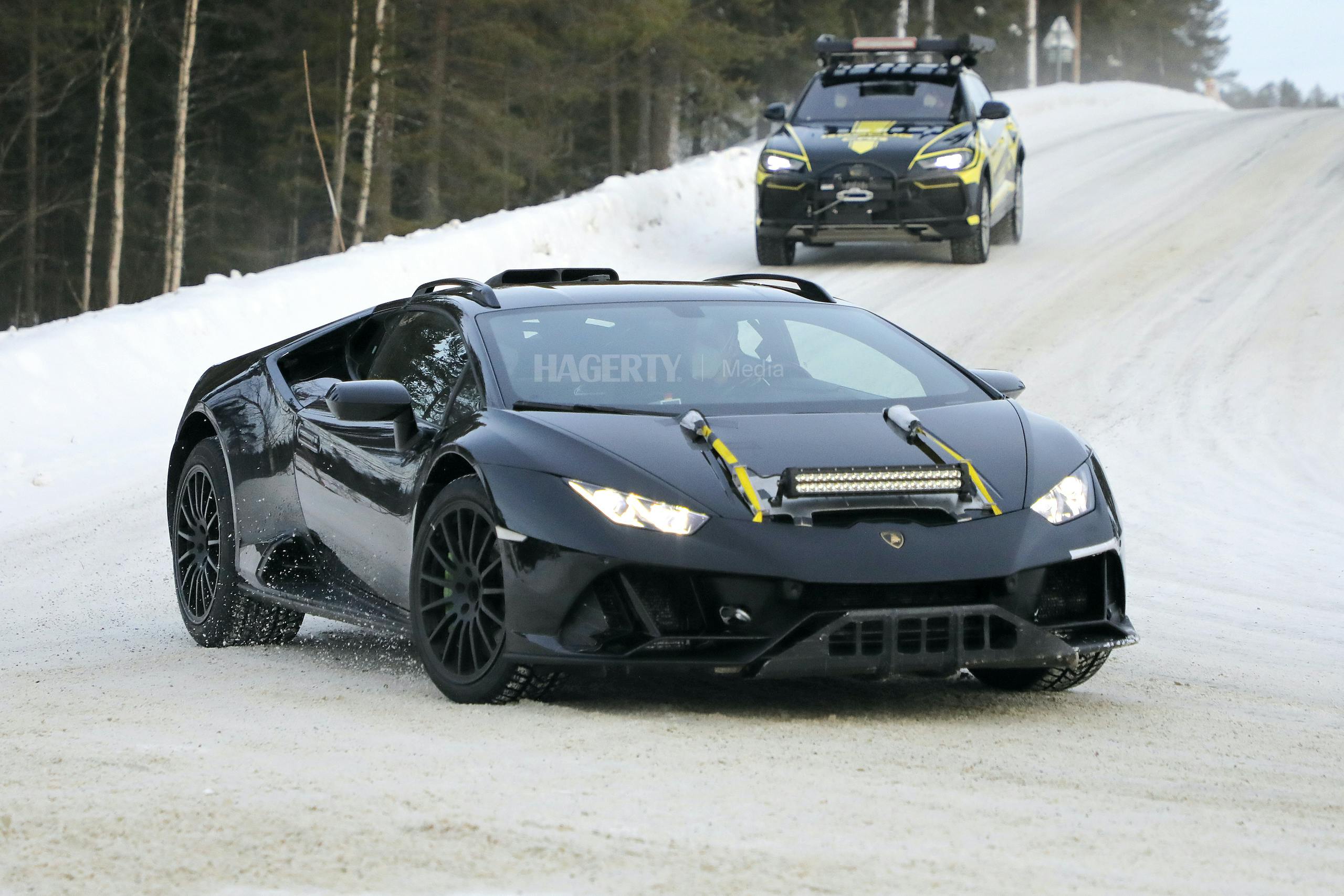Media | Articles
ItalDesign’s DeLorean shows skin, “affordable” Honda-GM EVs due 2027, BMW-powered 911
ItalDesign DeLorean flashes rear end, and it ain’t your father’s time machine
Intake: It’s been over 40 years since John DeLorean took the automotive world by storm with the debut of the iconic DMC-12 in 1981. Though DeLorean’s company collapsed in an ignominious blaze of bankruptcy the next year, it didn’t take long for the gull-winged design from Giorgetto Giugiaro to capture the imaginations of the Back to the Future filmmakers in 1985. Cult-classic status ensued for the stainless-steel coupe, and the original DeLorean car’s mystique lingers today. However, much has changed behind the curtain of the brand. After splitting into two parts, past and future, the reborn “energy mobility company” of DeLorean Motors Inc., in partnership with Italdesign, will be bringing an electric DMC-12–inspired concept (above) to the Pebble Beach Concours d’Elegance on August 18, three days sooner than anticipated. In focus, this rear-taillight teaser gives us the latest visual taste of what promises to be a provacative turning point for the DeLorean nameplate—should the company, led for the past three months by ex-Karma staffer Troy Beetz, prove that it can take the concept to production.
Exhaust: Even in this ’80s- and ’90s-obsessed age, passing off an entirely new vehicle as the successor to an old nameplate smells like a shameless money grab. At least Lamborghini had the self-respect to integrate internal combustion with electric power when it resurrected the Countach at the same venue last year. Fans lamenting a modernistic overhaul can rest assured that authentic nostalgia isn’t all lost for the original DeLorean now that the NHTSA’s Low Volume Motor Vehicle Manufacturers Act has passed, permitting boutique manufacturers to build replicas of the ’80s cult classic—though the role of the reconfigured DeLorean company in this rerun has become hazy. Will ItalDesign’s sleek BEV successfully reinvent the DeLorean nameplate, or will it become another footnote in the story of John Z.’s moonshot?
Le Mans star Alfa Romeo up for auction
Intake: A stunning 1969 Alfa Romeo Tipo 33/3 Sports Racer that both competed at the 1970 Le Mans and featured in the Steve McQueen movie Le Mans is to go under the hammer at RM Sotheby’s Monaco auction on May 14. The car was driven by Nanni Galli and Rolf Stommelen and remarkably led the 24-hour race for 220 laps before being disqualified for receiving a push start. Built by Autodelta, the Tipo 33/3 was designed to take on the twelve-cylinder Porsche 917 with a three-liter V-8. Listen carefully to the soundtrack of McQueen’s racing epic and you might just catch the wonderful wail of the Alfa engine as it flies down the Mulsanne Straight. RM Sotheby’s says that it is “a machine which has been meticulously cared for and looked after, going through a 7-year ‘rolling rebuild,’ which has resulted in a car that is both competitive but respectful to its history and originality.” A “staggering sum was spent on overhauling, stripping-down, and preparing the car for vintage racing. And with this storied Alfa Romeo example comes entry to many great series and events thanks to its remarkable place in history.” This awesome Alfa is estimated to fetch between €1. and €2.1 million ($1.9 to $2.3 million).
Exhaust: This car’s racing pedigree alone should encourage a solid price. A direct association with The King of Cool regularly brings a premium, but since the connection here is far more tenuous—McQueen didn’t own it—we’ll have to wait and see whether the magic rubs off and sends bidding into the stratosphere.
Hertz adding 65,000 Polestar electric cars to its worldwide fleet

Intake: Plans to order 65,000 Polestars over the next five years will bolster Hertz’s fleet worldwide, with deliveries in Europe starting shortly and U.S. and Australian deliveries beginning later in 2022. Hertz hopes to have the largest fleet of EV rental cars in North America and Polestar CEO Thomas Ingenlath is eager to pursue the partnership. “We are delighted that Hertz has chosen Polestar as a strategic partner on their road to electrification. The partnership with a global pioneer like Hertz will bring the amazing experience of driving an electric car to a wider audience, satisfying a broad variety of our mutual customers’ short- and longer-term mobility requirements. For many of them, it may be the first time they have driven an EV, and it will be a Polestar.”
Marketplace
Buy and sell classics with confidence
Exhaust: While Europe will be getting the first deliveries of those 65,000-strong Polestar orders starting this spring, we’d wager that the size of the North American rental market will mean that the bulk of the order will be coming to the States. Each time we’ve been had seat time with various Polestar 2 models we’ve been impressed with the driving experience. Even the entry-level, single-motor 2 is a great ambassador for electric vehicles.
Honda leans even more on GM for “affordable” EV fleet, officially due in 2027
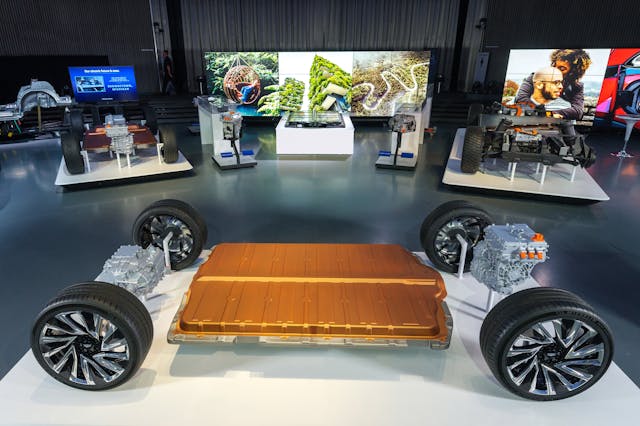
Intake: An announcement from both automakers today revealed that GM and Honda would grow their EV partnership in efforts to develop lower-cost EVs for a broader audience. The partnership will target numerous segments including compact crossover SUVs, which account for the largest segment in the world at more than 13 million annual units. GM and Honda first announced a working relationship back in 2018, and in 2020 Honda announced that it would use GM’s Ultium battery platform to develop its first North American EV, the Prologue, and an electric Acura SUV, which might be named the ADX. In April, Honda announced intentions to develop an electric architecture of its own, dubbed e:Architecture, on which it would build a series of EVs first for the North American market, and then for other regions of the world. Today’s announcement seems to indicate that while e:Architecture may be a Honda-led platform, it will rely heavily on advances made from the partnership with GM. While the Prologue and the forthcoming Acura EV will ride on the Ultium platform, the next round of EVs may ride on Honda’s e:Architecture, but expect them to be heavily influenced by innovations in motor, battery, and inverter design
Exhaust: Honda and GM’s partnership has, in the eyes of both firms, been a win-win thus far. Scale can be a tough ask for battery tech, and having a partner in the matter should help move things along at a quicker (and cheaper) pace when it comes to lofty goals with innovations like solid-state batteries. Local production of its North American EV portfolio saves Honda lot of cash compared to exporting its proposed e:N offerings from China, and signals that the automaker is sensitive to the differences between the U.S. and Chinese markets.
Lamborghini hints at V-10 model debuting April 12
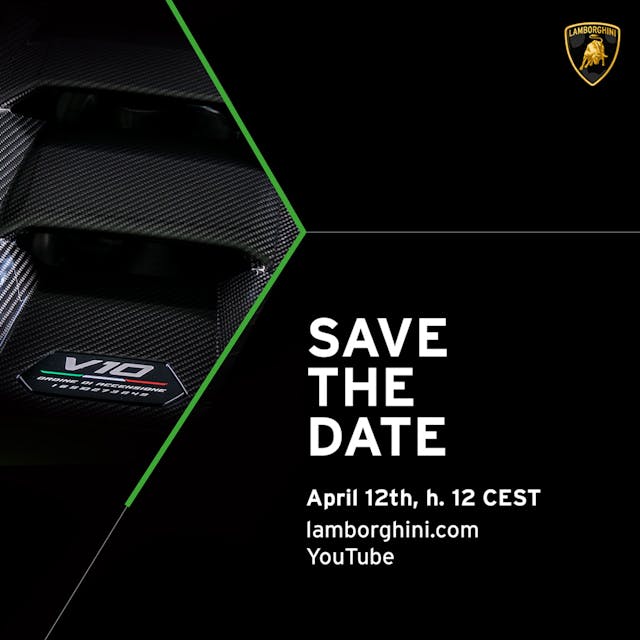
Intake: Lamborghini gave us a hint that a new V-10 model is on the way. There were no details other than the single photo with a carbon-fiber engine cover highlighted by an emblem noting the V-10’s firing order and a graphic with the April 12 date. In case you’d like to watch the event unfold, 12:00 Central European Summer Time would be 6:00 am ET. Better double-check your coffee stash.
Exhaust: Considering Lamborghini has just one model line that still uses the V-10, it’s safe to assume that we’ll be seeing a new variant of the Huracán next week. Spy photos have surfaced recently of a rally-inspired Huracán that could point to a production version of the Sterrato concept that was built in 2019. (Both the prototype and the concept are shown in the gallery below.) The concept included a slight lift, skid plates, and taller tires with more sidewall so that it could brush off bumps and bruises sustained while participating in off-road hijinks.
What happens when a classic 911 and an i3 collide?

Intake: As Porsche works towards an electrified 911, a small Bulgarian company has already developed an electric “elfer” with the aid of a BMW i3. Starting with a G-Series 911, Sofia-based Modern Classics stripped out the boxer engine and replaced it with a single electric motor and battery from the quirky little BMW i3S. With 186 hp it offers up more oomph than the original ICE engine, albeit without that characterful boxer beat. The battery is rated at 42 kWh which is said to be good for a range of up to 155 miles on a charge. Meanwhile, it will accelerate to 62 mph from rest in a respectable 6.8 seconds, with top speed capped at 100 mph.
Exhaust: We’ve seen EV-converted 911s before, notably the 964 Reimagined by Everrati, which offers amazing modern performance for a very premium price. This more modest interpretation, with its period-appropriate performance and likely more affordable price might prove more appealing.
